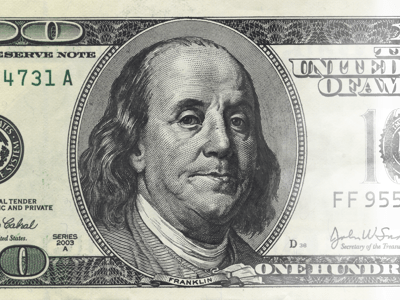
Everybody wants to keep their money “safe.” But what is “safe” these days? Are stocks safe? Are muni-bonds safe? Is gold safe? I’ve seen many families paralyzed by too many choices and as a result make no decision and just keep their money in a bank account in order to keep it safe. But are dollars safe?
We have an entire asset class of resource stocks or “hard asset” stocks which acts as an inflation hedge. It was with interest therefore that I read Joseph Lisanti’s article in Financial Planning magazine entitled, “Girding for Inflation” in which he wrote:
Anyone who’s bought gas, paid a medical bill or sent a child off to college recently knows that the Consumer Price Index doesn’t tell the whole story of inflation.
For more information on why the CPI index doesn’t reflect actual inflation read my series on how the government under reports inflation.
And if you think inflation isn’t a risk consider this:
Whether you think inflation is here now or is headed our way, planners should prepare for it. Even at an annual rate of 4.5% – the inflation level when President Richard Nixon imposed wage and price controls in August 1971 – prices would double in roughly 16 years.
Losing half your buying power isn’t the intended outcome when storing your money safely in the bank in dollars. I wrote back in 2007 that cash had been the riskiest investment for the prior five year period in which the U.S. Dollar Index had dropped 36%.
Make sure that you aren’t betting everything on the U.S. dollar just to play it safe.
Subscribe to Marotta On Money and receive free access to the 1.5 hour video: Where in the World Should I Invest?
3 Responses
Captain
Putting a percentage of income in hard asset stocks to stave off inflation is a very interesting idea, thanks for sharing!
Jim Morin
Depending when you put your money to work for you though, you can lose half your money in the stock market in as little as 6 months. Or in as little as 18 months in real estate. If you have been burned by unforseeable market conditions in the past decade or so, 16 years to halve your money might sound pretty good.
David John Marotta
One of our rules is to only invest in things that, on average, go up. Dollars on average go down so the expected return over 16 years is downward. Our rule is that if you are going to spend the money in the next 5-7 years, then put the money in more stable fixed income investments which may include cash for the next 6-12 months.
But it is difficult to find a 16 year period where the global markets have been down.